
Document Control, Development
of Standard Operating
Procedures &
Good Documentation Practices
Tobin Guarnacci, Global Head Quality, IVI
Kyung So (Bella) Lee, QA Document Control Specialist, IVI

OVERVIEW

2
▪ Quality Management System
▪ Document Control
▪ SOP Development
▪ SOP Deviation
▪ Periodic Review
▪ SOP Training
▪ Good Documentation Practices
Overview

Quality Management System

4
Quality Management System (QMS)
➢ A set of systems supported by processes and practices that contribute to
a quality outcome (e.g., product, lab results, clinical study results).
➢ Establishing QMS is a regulatory requirement/guidance that US FDA,
EMA, MFDS and other regulatory agencies consider critical and cite in
GxP regulatory requirements and guidance documents.
➢ GxP (i.e., GCP, GMP, GLP) systems require implementation of Document
Control
Quality Management System

5
Quality Management System
Document Control is one of the key elements of a QMS
consistently conserved across GxP’s (inclusive of labs):
➢ Document Control
➢ Quality Assurance/Quality Control
o Risk Management/Corrective and Preventive Action Management
o Audit / inspection Management
o Vendor/supplier management
➢ Training Control
➢ Equipment and inventory management

Document Control

7
Hierarchy of controlled documents
Document Control Requirements Overview

8
GxP (GLP, GMP, GCP, ISO standards, WHO guidance) Requirements
➢ Regulatory requirements, industry standards/guidance and best practices (in a GxP
environment) all define the necessity for development and implementation of document
control systems.
o GLP – as defined in US 21CFR58 and OECD requirements, ICH M series
o GMP – as defined in US 21CFR210/211/820, EMA, ICH Q Series requirements
o GCP – as defined in ICH E Series (e.g., ICH E6 (R2) )
o ISO Standards – ISO 9001:2015, ISO17025:2017, ISO15189:2012
o Regulatory Guidance documents – US FDA, EMA, MHRA
Document Control Definition

9
ISO 9001:2015, 4.5.3.1 Quality management systems— Requirements
▪ ISO 9001:2015 is an international industry standard that defines
implementation and management of document control system
ISO 9001:2015, states, “…documented information required by the quality
management system shall be controlled to ensure:
▪ Information is available and suitable for use, where and when it is needed;
▪ Information is adequately protected (e.g., from loss of confidentiality,
improper use, from indiscriminate changes or loss of integrity)
Document Control Definition

10
ISO 9001:2015 Requirements for Document Control
➢ Procedure for approving documents and ensuring they are appropriate to use
(e.g., document lifecycle)
➢ Identifiable changes and revision status (i.e., audit trail)
➢ Procedures for accessibility
➢ Clear presentation, labelling and easily searchable
➢ Accessibility and control over external documents (e.g., legislators, regulators,
standardization bodies, or business partners)
➢ Clear labelling (e.g., version control) of document lifecycles (e.g., draft, issued,
superseded, obsolete, etc.)
Document Control Requirements Overview

11
What is a Document Lifecycle?
➢ A series of stages that represent the life (cycle) of a document from creation to
obsolescence
➢ Controlled documents within a document lifecycle are represented by documents that
control activities that are frequently performed (i.e., those procedures that are
performed multiple time), such as Quality Manuals (QM and Lab), Policies, SOPs/SSPs,
Work Instructions, Templates (e.g., forms, checklists and templates)
Examples of Document Lifecycle Stages
➢ Draft to Effective Lifecycle
Document Control Requirements

12
Examples of Document Lifecycle Stages
➢ Draft – initial rendering of a controlled document which will be subject to review by assigned
Subject Matter Experts (SME)
➢ In-review – draft controlled document submitted to SME’s for review and comment
➢ Approved – Final version of controlled document to be submitted for approval (either within
eSystem or Hard-copy system) for which signatures are required.
➢ Issued – Final authorized/signed version of controlled document for which personnel
training will be required
➢ Effective – Upon complete of training, controlled document becomes effective for use
Document Control Requirements

13
A process must be defined to describe the controlled document life cycle to
ensure controlled documents are reviewed, approved and appropriate for
use
➢ This process should be defined to meet GxP requirements in an organization’s SOP on
SOPs (whether ISO9001 is utilized as a reference or not, as this is an industry best
practice and a regulatory expectation)
➢ According to each document lifecycle, key stakeholders should be assigned to the
appropriate roles (i.e., Author, Editor, Reviewer, Approver and Quality Assurance (QA)
Approver) and document should be approved as per the procedure required according
to the document lifecycle.
Document Control Requirements

14
Audit Trail - Identifiable changes and revision status (i.e., audit trail)
➢ A set of records/history should be available to provide documented evidence of what
action was made by whom and when as it relates to any controlled document.
Example Below:
Document Control Requirements

15
Procedures for accessibility must be defined for either hard-copy or
electronic system
➢ Electronic system: Access can be controlled by security setting (e.g., an individual with
read only access, an individual with viewer access (i.e., visibility for documents at all
lifecycle), an individual with reviewer access (i.e., review and comment))
➢ Electronic system: As per required roles and responsibilities for each employee, access
level should be determined and assigned.
➢ Hardcopy system: Dedicated locked files in QA dept requiring QA requests for
distribution of copies
➢ Control and management of controlled documents is the responsibility of QA
Document Control Requirements

16
Controlled document must be clearly presented, labeled (e.g., titled,
versioned) and easily searchable
➢ Recommend to use searchable system (e.g., search function for electronic system, excel
spreadsheet for hardcopy system) as this will be easier to ensure clearer presentation,
labeling and search functions
Document Control Requirements
Accessibility and control over external documents
➢ External documents that are used as part of QMS should be handled the same way
as the internal documents (e.g., regulations, standards, manufacturer requirements)
and must be kept current.

17
Clear labelling of document status (e.g., draft, issued, superseded, obsolete,
etc.)
➢ Document status should be clearly labelled to prevent unintended use
➢ Consider use of ink stamps to ensure traceability within a hardcopy system; however,
this function is configured in a validated electronic system.
Document Control Requirements

18
SOP Index
▪ SOP index should be managed to ensure users have a list of approved
controlled documents and the SOP index should remain current
Document Control Requirements

19
Clear version control and suitable identification for documents that are no
longer in use
Document Control Requirements
➢ Version histories/traceability should be maintained to ensure status of
Controlled Documents is clearly understood (e.g., SOP status of unapproved,
approved, retired)

20
Controlled Document Change Control is required
Document Control Requirements
➢ When changes to a controlled document are required, request details to
include - name, urgency, description, reason, target document, requested
implementation date, document status and potential impact to interrelated
controlled documents.

21
Controlled Document Change Control
Document Control Requirements
▪ Once change to a document has been approved, the change can be linked
to the target document (Veeva systems define document change control
as a “DCC”)

SOP Development

23
Why SOP should be developed?
➢ Consistency and Quality Control( Delivery of consistent results &
Prevention of errors)
➢ Productivity and Performance (provides clear path from A to B)
➢ Safety and compliance
➢ Knowledge Transfer
➢ Training and onboarding

24
SOP Development Guideline

25
List of contents example
➢ Purpose
➢ Scope
➢ Definitions and Acronyms
➢ Applicable Regulations and/or Guidelines
➢ Responsibilities
➢ Procedures
➢ References
➢ Appendices
➢ Version History
SOP Development Guideline
Good Practice
Development of a controlled SOP
template to be used at
institutional level for enhanced
control and unification of
contents to be covered
Signature page example
stakeholders
✓ Author
✓ Reviewer
✓ Approver
✓ QA Approver

26
✓ Purpose
SOP Development Guideline
➢ A brief description of the purpose of the SOP
➢ The reason why the SOP is required (e.g., compliance with Good Clinical Practice,
Good Manufacturing Practice and/or Good Laboratory Practice (GxP), international
and local regulatory requirements, and other internal or external procedures,
guidelines and/or standards)

27
✓ Scope
SOP Development Guideline
➢ A statement that outlines the areas and context covered by the Controlled
Document (Cdoc)
➢ If there are any areas in which this CDoc specifically does NOT apply, these
should also be mentioned

28
✓ Definitions and Acronyms
SOP Development Guideline
➢ A list of definitions to be included for terms used in the CDoc
➢ Acronyms and abbreviations should be explained at the point of use within the CDoc
and not listed in this section
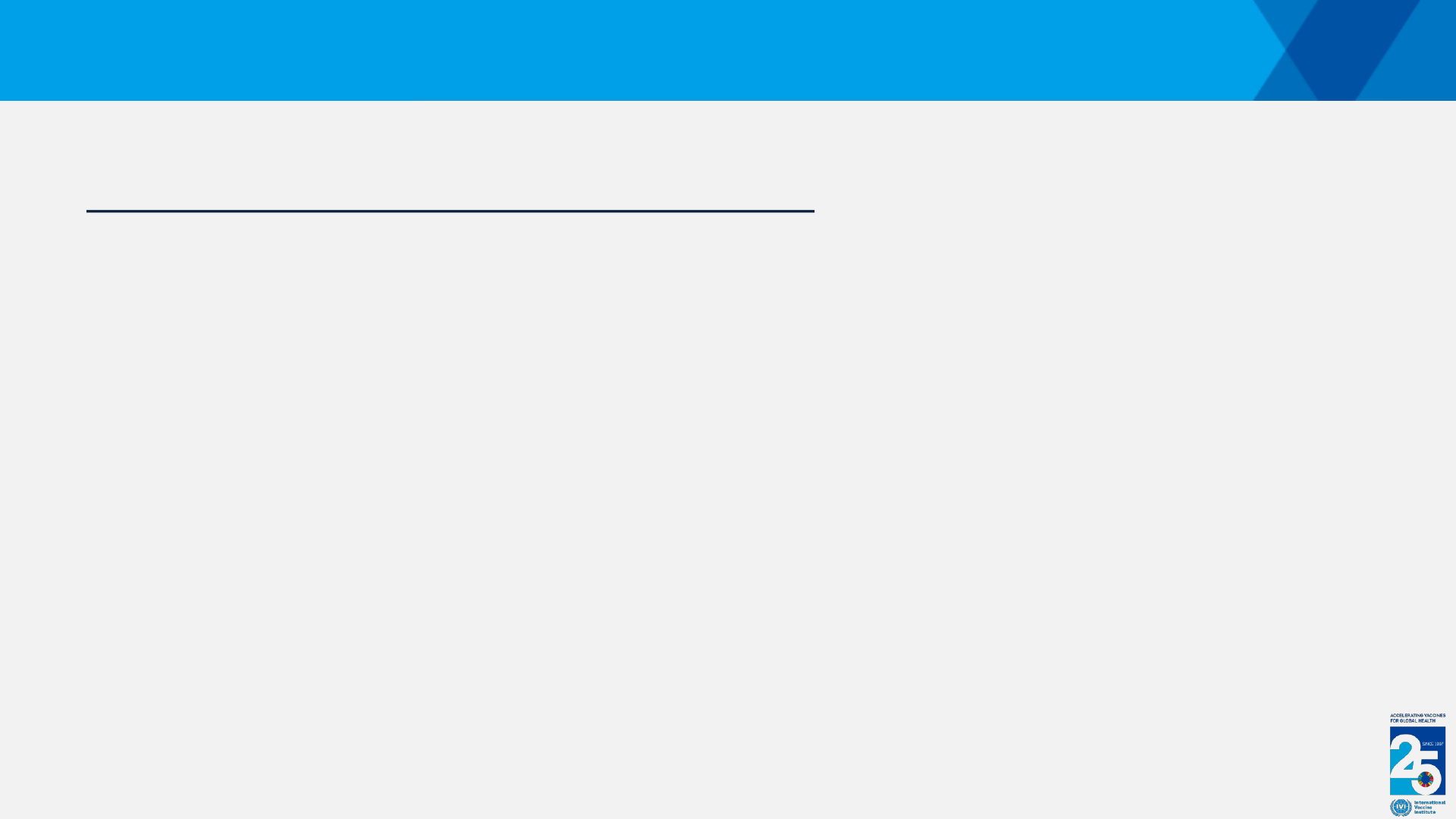
29
✓ Applicable Regulations and/or Guidelines
SOP Development Guideline
▪ A list of all applicable regulatory requirements, guidance
documents, industry standards (e.g., ISO, ICH guidelines)
▪ Relevant references to applicable organization-controlled
documents (e.g., SOPs, forms, templates)

30
✓ Responsibilities
SOP Development Guideline
➢ A summary of the roles listed in the procedure and the responsibilities of each
role holder for the procedures detailed in the CDoc.
➢ The details of the responsibilities should be a brief list of the key tasks performed.
This section should not be a complete summary of the CDoc.
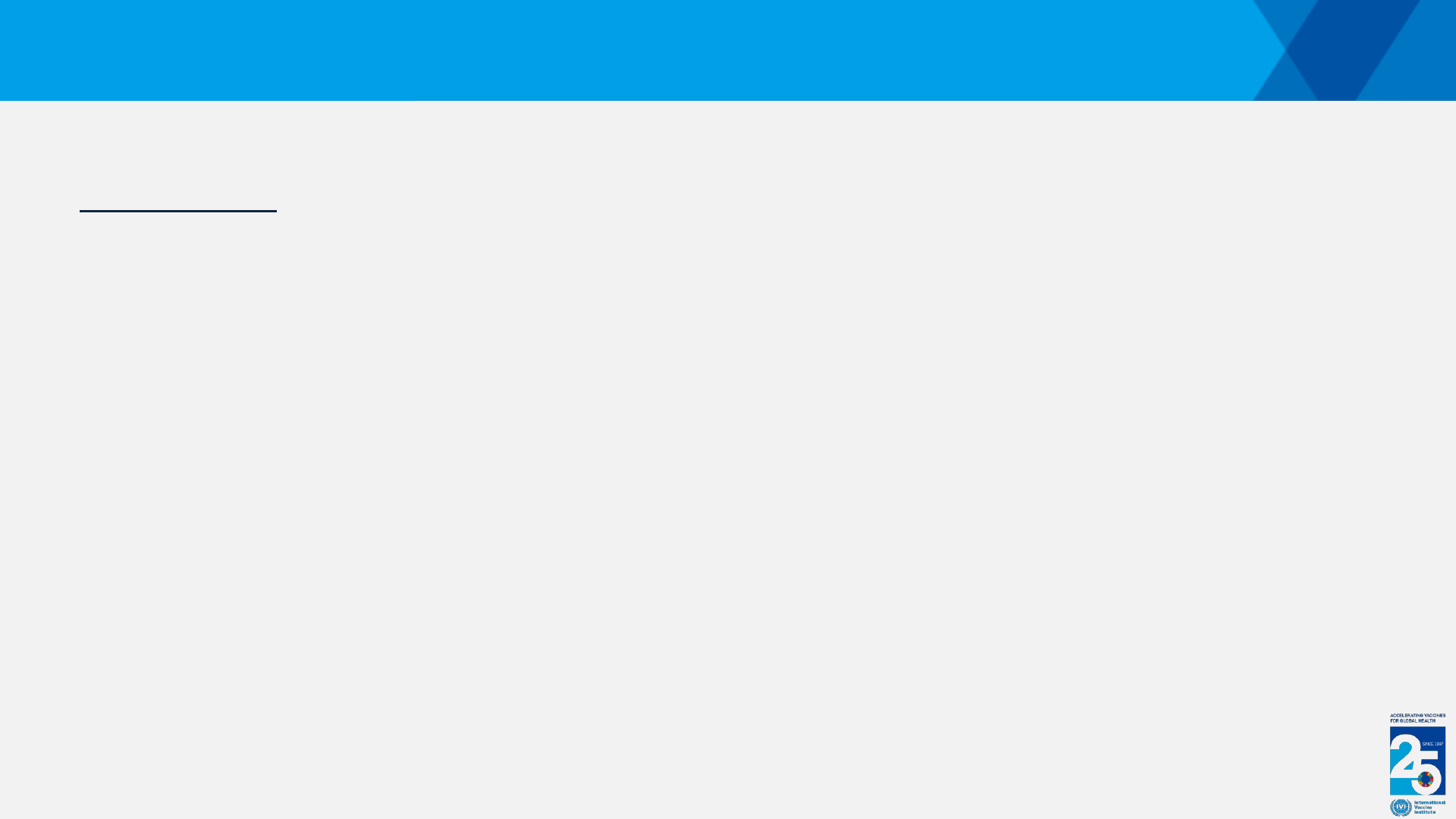
31
✓ Procedures
SOP Development Guideline
➢ This section is the main text of the CDoc. It details the procedure for the task to be
performed. Sub-sections should be introduced as deemed beneficial to provide a
logical structure of the procedure to be described
➢ There should be sufficient detail, clearly expressed, to enable a trained person to
perform the procedure without supervision
➢ There should also be sufficient detail to enable a trained person to use the document
to train others to perform the task
➢ The use of flow diagrams may be useful, especially in complex procedures

32
✓ References
SOP Development Guideline
➢ Include external documents that support the content of the SOPs
(e.g., regulatory requirements, industry guidance, publications, etc.)
➢ Include internal (to SOP) documents that are utilized to further
define process (e.g., flow diagram, forms, other associated
documents, etc.)
✓ Appendices

33
✓ Version History
SOP Development Guideline
▪ State in sufficient detail, what changes were made, what parts of the
SOPs were affected and when the changes become effective
Example:

SOP Deviation

35
All non-conforming events should be marked as deviation (e.g., any
deviation from the approved content of an SOP)
➢ A Deviation SOP must be developed and approved to define a process for
oversight and compliance to approved Controlled Documents
➢ Identification and documentation of Cdoc deviations ensures accountability
of functional areas and personnel within a given organization and improves/
ensures Cdoc compliance
➢ Deviation reports may be used to identify ambiguity/inconsistency of an
approved process
SOP Deviation

36
All non-conforming events should be marked as deviation (e.g,. any
deviation from the approved content of an SOP)
In case of deviation, deviation owner (e.g., individual identifying deviation)
should report to Quality with the following:
➢ Follow established SOP Deviation procedure and complete deviation form
➢ Describe what happen, when, who was involved, where in the
process/procedure, how, and an assessment of impact.
➢ Attach any copies of any associated documentation (e.g., data, charts,
graphs, logbook pages, training records).
SOP Deviation
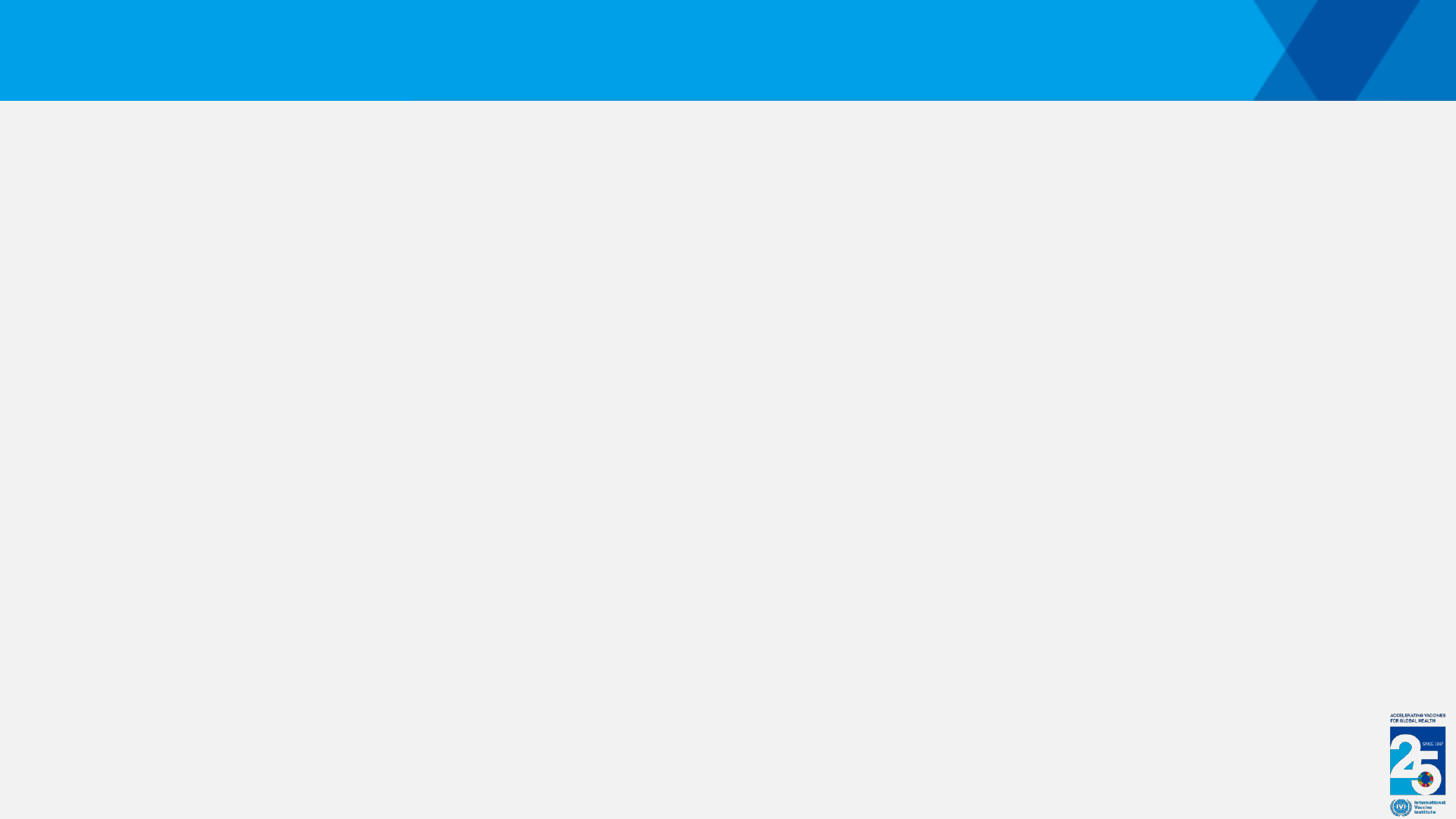
37
Deviation Form
➢ Date Identified
➢ Date Reported to QM
➢ Deviation Number
➢ Deviation Title
➢ SOP Number
➢ Reason
➢ Impact Assessment
➢ Criticality (e.g., critical, major, minor)
➢ Responsible functional area (department/Unit(s))
➢ Remediation/CAPA
➢ Planned completion Date
➢ Actual Completion Date
SOP Deviation – Deviation Form

38
Investigation
SOP Deviation – Investigation
➢ The investigator assigned by QA investigates the deviation
Investigation should include the following:
1.Description of investigation including interviews and data review
2.Root Cause Analysis
➢ Determine the root cause based on investigative findings
➢ The root cause must be an explanation of the direct cause of the deviation, not just a
reiteration of the direct cause
➢ Focus on programmatic and system deficiencies; select the most probable direct root
cause for the corrective action and/or the preventive action which will prevent
recurrence and has the greatest impact
➢ Detail root cause analysis in a concise manner

39
Corrective and/or Preventive Action Determination
SOP Deviation – Corrective Action Determination
Based on the investigation findings, indicate if a CAPA is needed:
➢ If a CAPA is needed, follow CAPA SOP
➢ Once a CAPA is initiated all corrective actions plans associated with the
deviation will need to be approved prior to closing the deviation
➢ If a CAPA is not required, justification is required

40
Closure
SOP Deviation – Closure
➢ Ensure that sufficient information is provided to describe the event, the root
cause has been sufficiently identified, and the product impact statement is
appropriate
➢ Ensure the Deviation form is complete, the final Investigation Report is attached,
if applicable, sign the deviation, and forward the closed Deviation to QM
➢ QM ensures that the closed deviation is archived in the paper or electronic
system as appropriate and ensures deviation status, owner, root cause, impacted
project, date initiated, date closed, date occurred

Periodic Review

42
➢ [FDA] 21 CFR Part 211. 100, 211.180 (e), 211.192, 211., Process Validation: General Principles and Practices
(2011)
➢ [ICH] Q10 2.6 (b) − [EU] EudraLex > Volume 4 Good Manufacturing Practice Medicinal Products for Human
and Veterinary Use > Chapter 4 Process Validation: General Principles and Practices − 4.5 Documents
within the Quality Management System should be regularly reviewed and kept up-to-date
➢ [WHO] TRS No. 986 Annex 2 − 15.5 Documents should be regularly reviewed and kept up to date. When
a document has been revised, a system should exist to prevent inadvertent use of the superseded version.
Superseded documents should be retained for a specific period
➢ Recommended cycle or upon update?
-> 2-3 years
Document Periodic Review
Document Periodic Review is part of regulatory requirements to insure
organizational controlled document contents are current and aligned with
regulatory expectations

SOP Training

44
➢ All impacted personnel must be trained prior to the document being made effective
➢ Upon revision and creation, departmental training coordinator updates the Controlled Documents
Training Matrix
➢ SOP training task to the appliable personnel as per the predefined Training Matrix are assigned
➢ To ensure comprehension of training, limitations for number of training that can be completed in
one day, minimum time to be spent for each SOP and providing quizzes can be applied
➢ All training activities must be documented (e.g., training records)
1.
SOP Training
Sample Procedure

Good Documentation Practice

OBJECTIVES
46
➢ Definitions supporting GDP
➢ Describe industry recognized criteria for GDP, ALCOAC+
and documentation
➢ Provide considerations and advice in support of GDP and
process development

Definitions and Terms
47
➢ ALCOA+: The data integrity acronym that stands for Attributable, Legible, Contemporaneous,
Original record, Accurate and Complete, Consistent, Enduring, and Available
➢ Correction: A change made to any entry within a document.
➢ Data Integrity: The act of generating, transforming and maintaining the accuracy
completeness and consistency of data over its life cycle in compliance with applicable
regulations.
➢ Document: A document is a controlled or uncontrolled hardcopy or electronic transcript that
provides information or data. To document, is to record information or data.
➢ Documentation: Documentation may include, but is not limited to procedures, instructions,
contracts, records, and data in paper or electronic form.
➢ Good Documentation Practices: A set of requirements implemented to ensure attributable,
legible, contemporaneous, original, permanent, and accurate, documentation of work.
➢ GxP: Refers to the applicable federal regulations for Good Practices such as Good
Manufacturing Practices (GMP), Good Laboratory Practices (GLP), Good Clinical Practices
(GCP), Good Pharmacovigilance Practices (GVP) and Good Distribution Practices (GDP).
➢ Traceability: the ability to reconstruct the development history of documentation supporting
GxP activities (either hard copy or electronic).

Good Documentation Practice
48

GCP COMPLIANCE AND DOCUMENTATION
ALCOA (+C)
49

Good Documentation Practice
Good Documentation Practice
A set of requirements implemented to ensure
documentation is attributable, legible, contemporaneous,
original, permanent, and accurate, documentation of work.
50

Good Documentation Practice
Traceability –
➢ The ability to reconstruct the development history of documentation
supporting GxP activities((either hard copy or electronic).
➢ The ability to trace the history, application, or location of an item or
activity and like items or activities by means of recorded
identification.
51

Good Documentation Practice
Common Documentation Errors which impact traceability
➢ Missing signature and dates at the time of activity performed.
➢ The write-over
➢ Non-uniform date and signature entry
➢ Writing a note that activity was performed on one day and signed for on other day.
➢ Blank spaces
➢ Illegible writing
➢ Too many corrections
52

Good Documentation Practice
Corrections or alterations of data
If a record or document requires additional
information/amendment, this information must be entered in
blue or black ink and signed/initialed and dated by the individual
entering the information.
53

Good Documentation Practice
No changes should be made to documentation with any technique that
obliterates the original entry.
NEVER:
➢ Use of correction fluid or correction tape
➢ Write over an entry
➢ Mark out an original entry with multiple lines
➢ Ink out an entry
➢ Erase an entry
54

Good Documentation Practice
If an item or result requires correction, it must be
➢ Crossed through with a single line
➢ Signed and dated by the corrector in close proximity to EACH
corrected item.
55

Good Documentation Practice
NEVER USE STICKY NOTES / STICKERS
➢ Laboratory information necessary to ensuring traceability
SHOULD NOT be captured on sticky notes
➢ Sticky notes that contain essential information can be
easily dislodged and lost.
56

DOCUMENTATION

Good Documentation Practice
If you didn’t document it,
you didn’t do it!!
58

Good Documentation Practice
Documentation-
The collection or compilation of all tangible materials, records,
and forms used as evidence to support and/or define processes
and procedures. Documentation includes but is not limited to
the following: standard operating procedures (SOP), laboratory
results, CRFs, batch records, etc.
59

Good Documentation Practice
Document all activities
performed.
Do not perform an activity if it
is not documented
60

DEFINING GDP PROCESS

Good Documentation Practice
Recording Results
1. Record data in real time as the process or task is performed (Contemporaneous).
2. Data are recorded by the individual performing or verifying the work (Attributable).
3. Results must be recorded in the same units as required by the reference document.
4. Record raw data consistent with the significant figures of the reference document or
as it appears on the instrument read out. If the number of digits is not specified in the
document, record digits displayed on the measuring instrument.
62

Good Documentation Practice
Recording Results (cont…)
5. Data for multiple repeated entries must be entered in their entirety. Do not use ditto
marks (″) or arrows (↓) to indicate repetitive information.
6. Do not destroy original documentation. If the original document is illegible due to the
presence of ink blotch, solvent, grease, etc., transcribe the information to a new
document then attach the original document to the transcribed document.
7. Do not record results on scratch paper, Post-it® Notes, etc. If original data is recorded
on a sticky note/note pad etc., it is still considered original documentation and cannot
be destroyed or discarded. Transcribe the information to a new document and staple
or tape the paper to the transcribed document.
8. If data are transcribed from one document to another, a second employee must check
the transcription for accuracy and initial/sign the transcribed document as a reviewer.
63

Good Documentation Practice
Signatures
1. Employees are responsible for their own signature/initials and must be
prohibited from using another employee’s signature/initials. For
electronic signatures do not share passwords
2. Signatures and names should be consistent and match the signatures
on a signature log or equivalent (to ensure traceability)
3. Never sign or initial for work completed by another individual unless
authorized (and authorization is documented).
4. Signatures include the date signed and the printed name of the signer.
5. Electronic signatures, consisting of a login (user) name and a password,
are the full legal equivalent of handwritten signatures.
64

Good Documentation Practice
Blank Spaces or Field
➢ Do not leave any blank spaces on forms unless it is intended for the information
to be completed later
➢ If blank spaces or fields are present and not needed:
• For a single space of Field, write N/A in the field, initials and date
• For a block or area of spaces or fields, draw a diagonal line through affected
blank spaces or fields, then write N/A and initial and date near the line
➢ Comments sections may be left blank without dating and initialing
65

Good documentation practice
Numbers and Unit
➢ Record a leading zero before the decimal point for numbers less than one
(1). Example: 0.15 or -0.0009
➢ Include units of measurement unless already clearly identified on the
document.
➢ Rounding Numbers
▪ When appropriate and unless indicated otherwise round numbers as
follows:
o If the rounding digit under consideration is less than 5, it is
eliminated, and the preceding number remains unchanged.
Examples: 1.043 would round to 1.04.
1.0831 would round to 1.08
o If the rounding digit under consideration is greater than or equal to
5, it is eliminated, and the preceding number is increased by 1.
Examples: 1.045 would round to 1.05.
1.048 would round to 1.05
1.099 would round to 1.10
66

Good Documentation Practice
Time and Dating Conventions
➢ Time Format
Best practice is to record time shall follow the 24-hour time system (e.g., 1200, 1300,
1400, etc.)
➢ Date Formats
Best practice format for recording dates shall follow standard conventions.
▪ Use DDMMMYYYY format to record dates where DD is the number day of the month,
MMM is the first three letters of the month (the month must be spelled out, should
not be numeric to avoid misinterpretation), and YYYY are the four digits of the year all
digits of the year.
▪ Place a zero before day numbers less than 10.
▪ Use of spaces, hyphens (dashes) or slashes are acceptable.
▪ Examples:
o 04Feb2020
o 04/Feb/2020
o 04-FEB-2020
o 04 February 2020
67
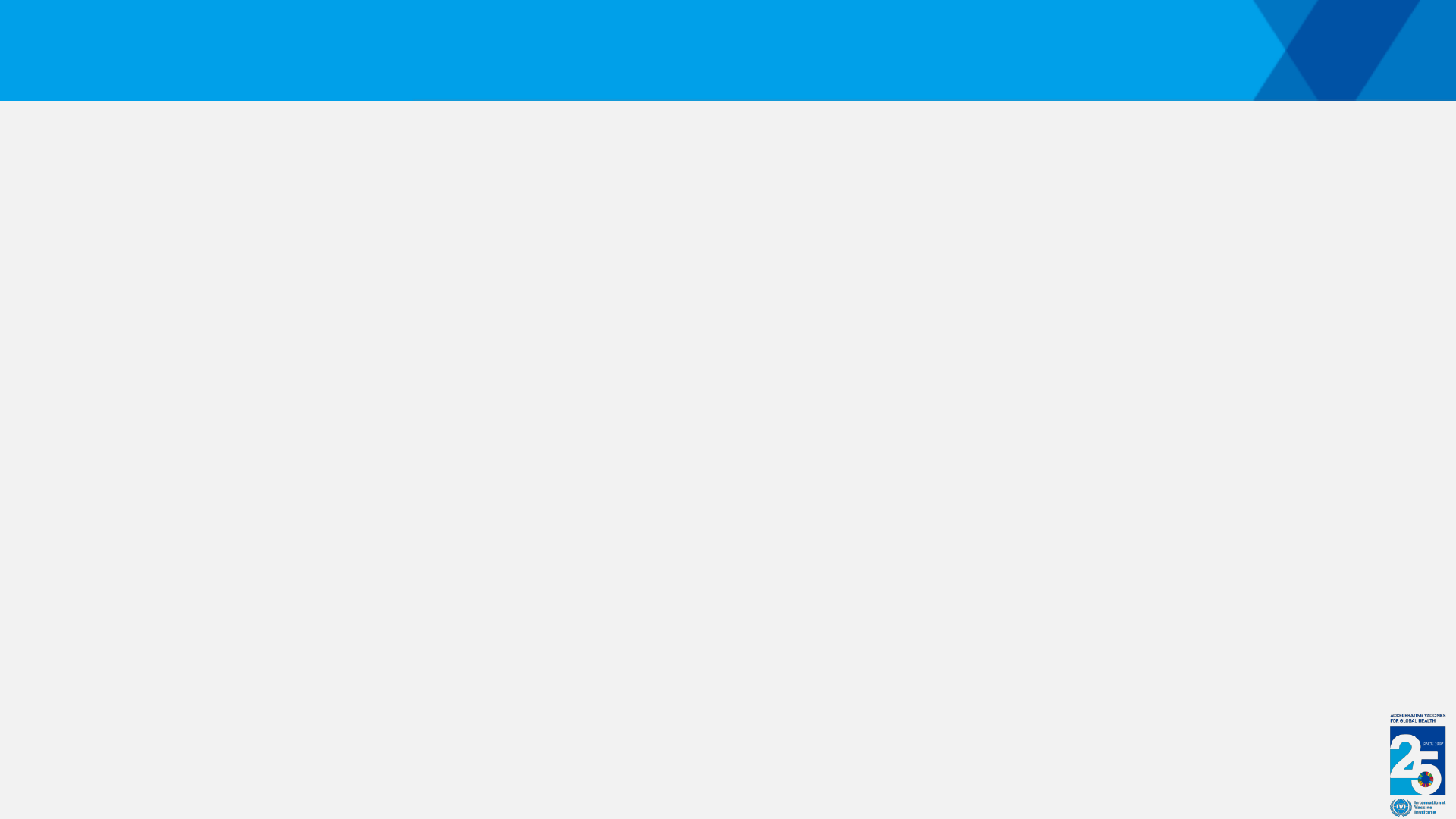
68
SUMMARY Doc Control
➢ Document Control is one of the key elements for quality management system
➢ Document control should follow ISO 9001:2015 Requirements Quality Management
System
➢ All non-conforming events should be identified as a deviation and remediated
➢ Document Periodic Review is part of regulatory requirement and recommended
cycle is 2-3 years
➢ Upon revision and creation of SOPs, target audience must be trained, and all training
activities must be documented

SUMMARY GDP
General Documentation Guidelines
➢ All documentation must follow ALCOAC+ practices and as outlined in this procedure.
➢ Prior to entering information on any forms or documentations, ensure necessary training on the process is
completed and documented.
➢ Use only current, approved forms or documents to record activities.
➢ Write legibly, print if necessary.
➢ Use only blue or black permanent ink.
➢ Never use pencil, water soluble ink, felt markers or ink that may easily smear prior to drying.
➢ For records with multiple pages, ensure pages are numbered (e.g., page 1 of 2, page 2 of 2).
➢ If a record has attachments, ensure the attachments are labeled and the main document is referenced as required
(e.g., Attachment 1 of Report # XYZ, Attachment 2 of Deviation # XYZ, etc.).
➢ Employees are prohibited from reviewing or approving their own work/documentation where a secondary review
or approval is required unless deemed appropriate by Quality Assurance (QM) or Regulatory Compliance.
➢ Deliberate backdating or forward dating is prohibited and is considered FRAUD.
➢ Anyone discovered to have intentionally and/or negligently falsified data, destroyed or discarded original data may
be subject to disciplinary action, up to and including termination.

Case Study
Evaluation of existing laboratory procedures in support of implementation of formal document control
system
➢ Your laboratory has several documents (e.g., safety manual, testing procedures, etc.) ranging
in age from a few months to twenty years. These include several different sample collection
procedures, some testing procedures, and many scientific articles used as references. You are
asked to develop a system for evaluating the old documents (as they relate to current
document control system implementation); evaluate the need to add new documents and
assure all documents currently in use (both within and outside the laboratory, e.g., process for
specimen collection, result reporting) meet current laboratory requirements and are complete.
➢ How would you implement and manage the documents? Please describe the procedures
70

Answer
1. Establish a document control program that indicates:
➢ System for standardizing the format and/or numbering — It is necessary to have a numbering
or coding system (e.g., version control) that applies to all documents created within the
organization. All documents should be identified with the following information in a standard
format:
▪ Logo of the laboratory
▪ Name of laboratory
▪ Document Title
▪ Document No:
▪ Version No
▪ Effective Date
▪ Approval signatures
▪ Page number to the total number of pages

Answer
➢ Document numbering system: Documents are numbered sequentially using an alphanumeric system with
abbreviated form in the following order, e.g.
▪ XYZ for the name of the Laboratory
▪ XXX for the name of the laboratory section in which the document is applicable
▪ YYY for the type of document
▪ 000 for three-digit serial number, Example: XYZ/XXX/YYY-000, HUCSHL/MBL/SOP-001
➢ A process for formal approval of each new document, a distribution plan or list, and a procedure for
updating and revising laboratory documents
➢ A master log or inventory of all documents of the laboratory; e.g.
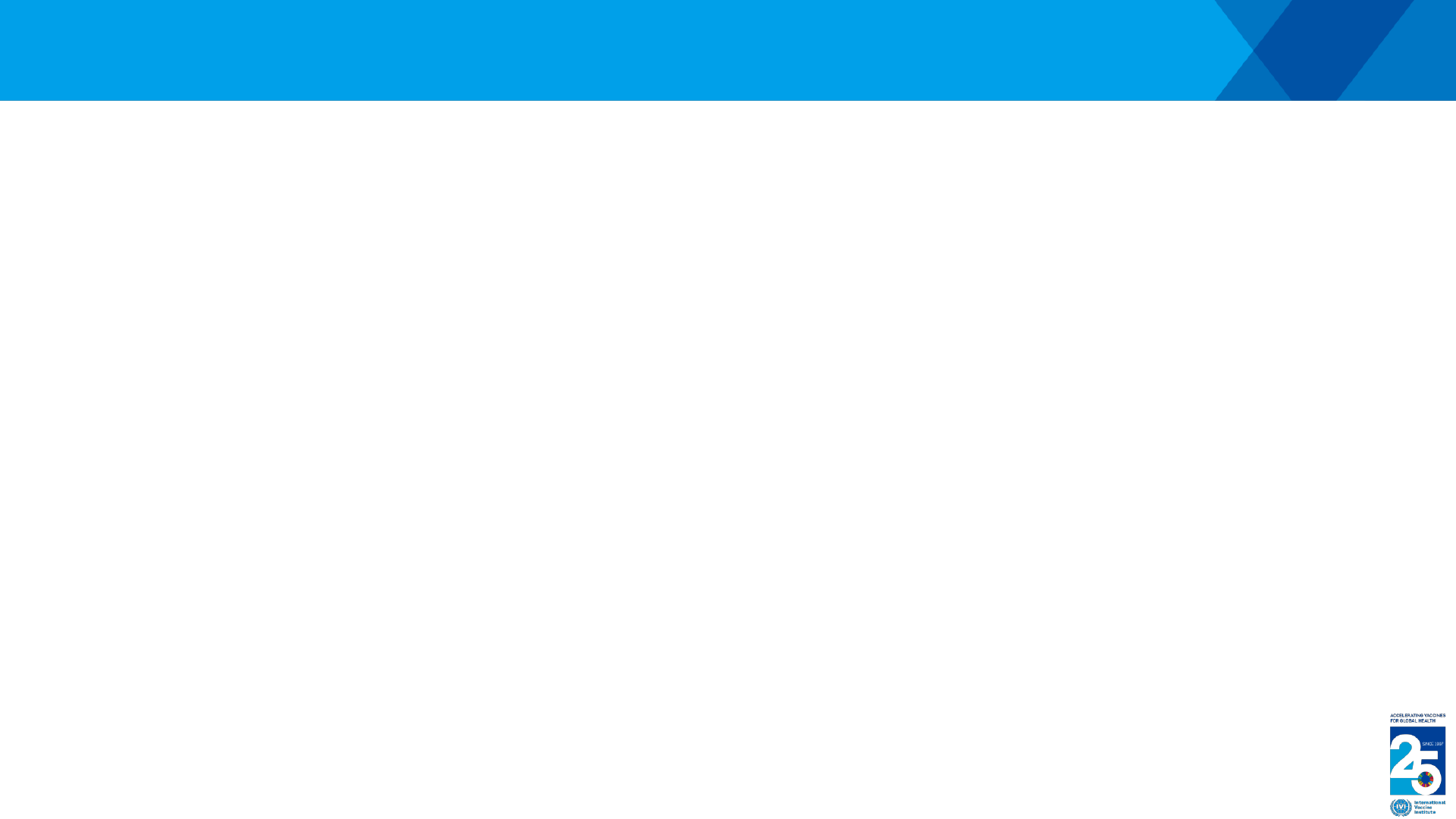
Answer
➢ A process to ensure that the documents are available to all who need them, including
users outside the laboratory;
➢ A method for archiving documents that become outdated but need to be kept for future reference
2. Once a process for document control has been established then collect, review, and update all existing
documents and records
❖ since there is no document control system in place, they might be an outdated document that will need
to be revised
3. Determine additional needs—Once all documents have been collected, it should be possible to determine
needs for a new process or procedure descriptions.

Answer
4. If the quality manual has not yet been developed, this should be done at that time as it
serves as the framework for all the efforts and develops forms and worksheets if needed.
5. Involve stakeholders—It is useful when creating documents to be used in the laboratory
to involve all staff who will be using them

75
References
▪ Standard Operating Procedures: 5 Reasons Why You Need Them. (swipeguide.com)
▪ ISO - ISO 9001:2015 - Quality management systems — Requirements
▪ CFR - Code of Federal Regulations Title 21 (fda.gov)
▪ Microsoft Word - 8515fnl.doc (fda.gov)
▪ WHO good manufacturing practices for pharmaceutical products: Main principles
▪ Quality Management System Definition | MasterControl
▪ What is an SOP? (And How to Write One)What is an SOP? (And How to Write One) -
frevvo Blog
▪ EudraLex - Volume 4 (europa.eu)

Referencesrences
➢ Laboratory Quality Management System (LQMS) training toolkit
https://www.who.int/ihr/training/laboratory_quality/introduction/en
➢ Global health laboratories www.GlobalHealthLaboratories.org
➢ US 21 CFR 11 –Electronic Records; Electronic Signatures
http://www.accessdata.fda.gov/scripts/cdrh/cfdocs/cfcfr/cfrsearch.cfm?
cfrpart=11
76
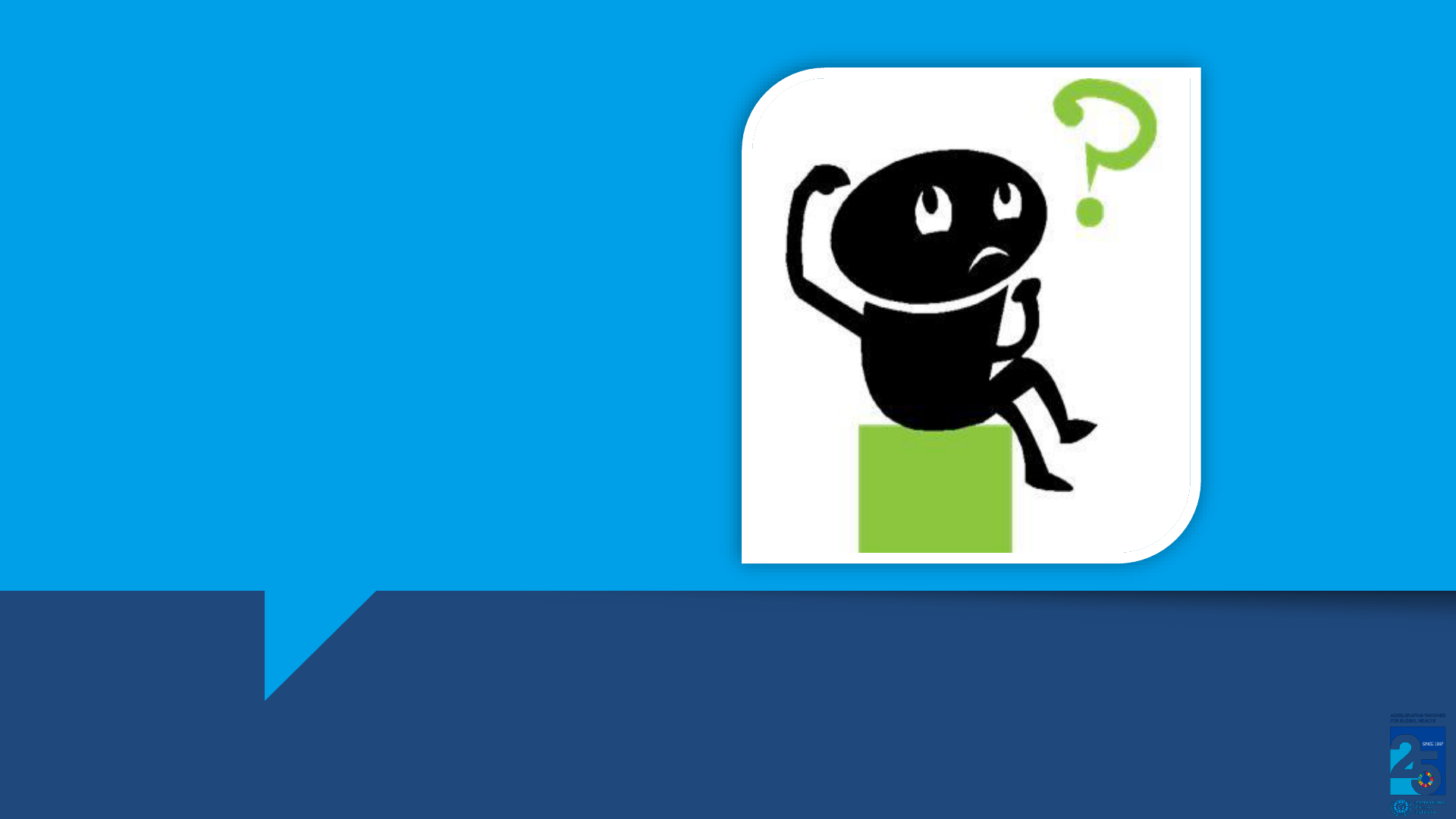
77
Q&A

